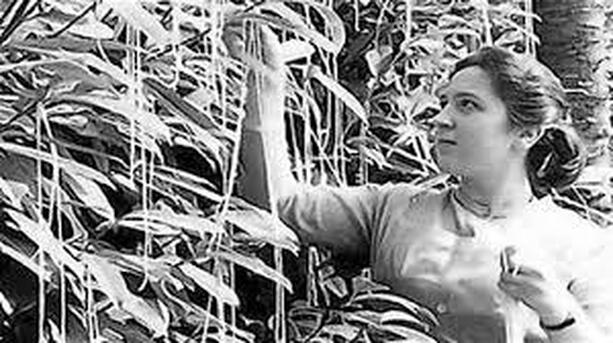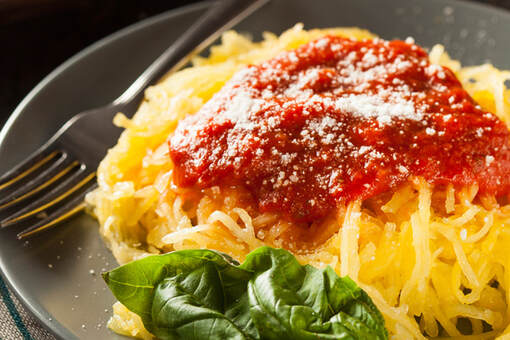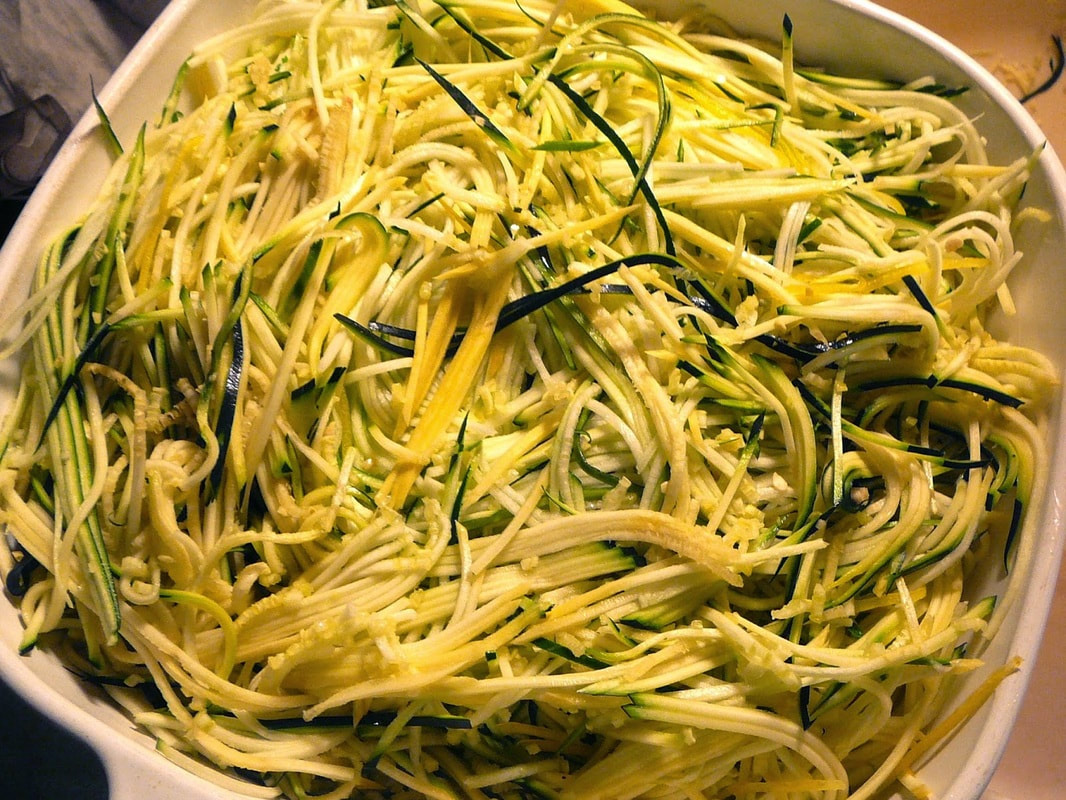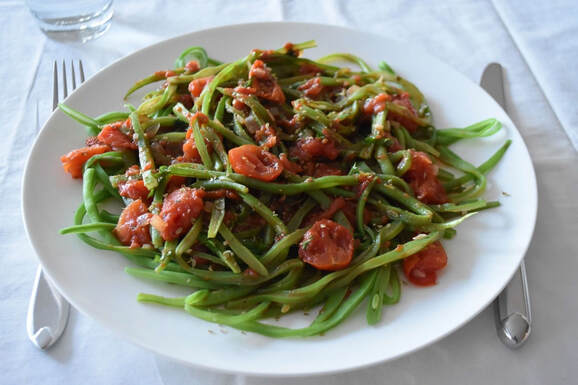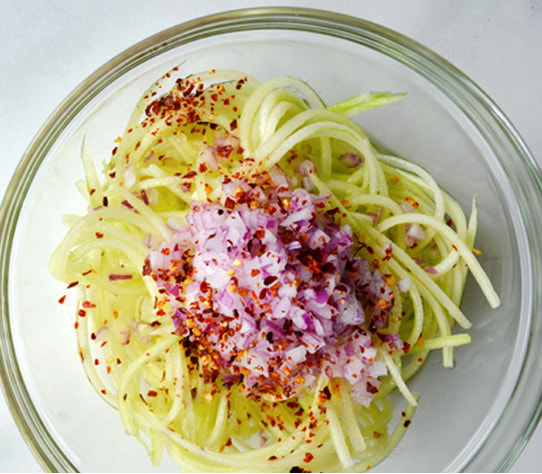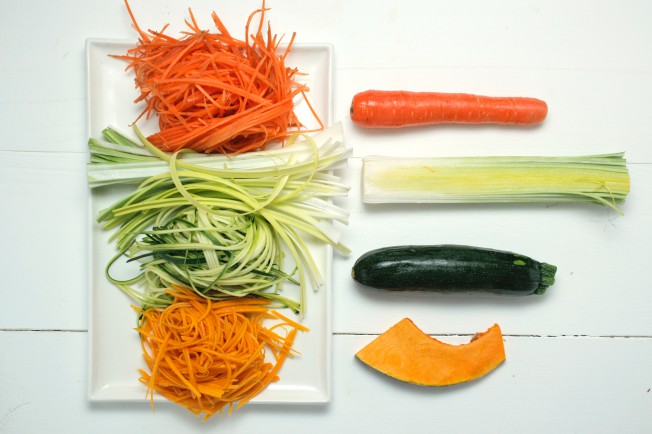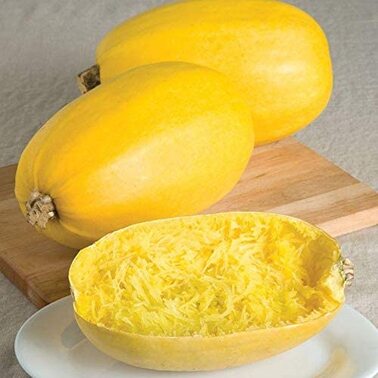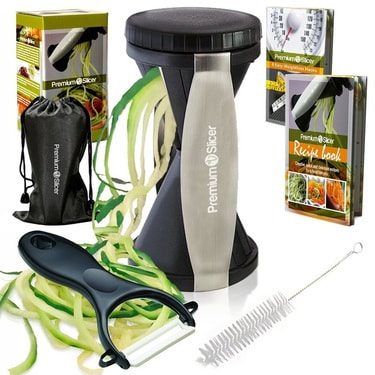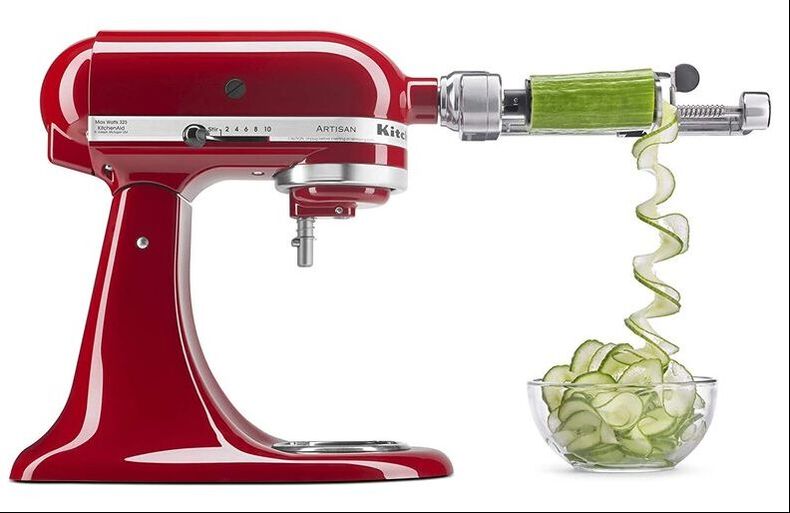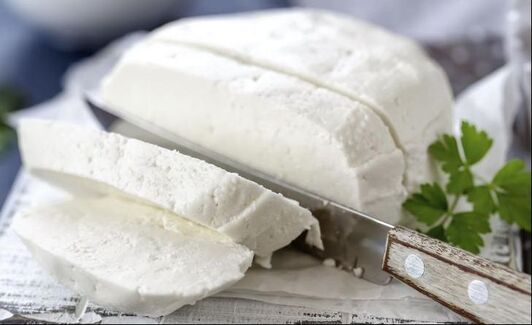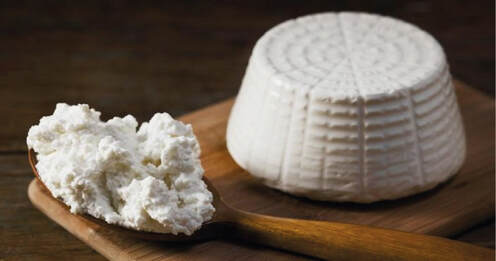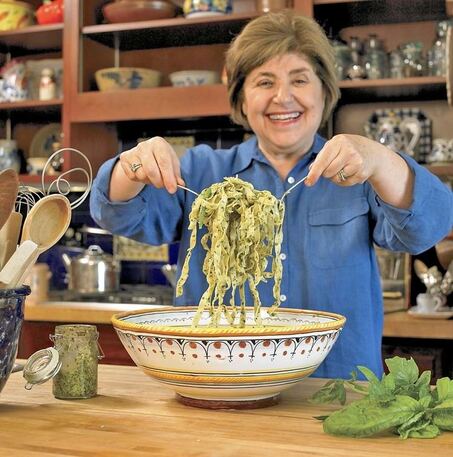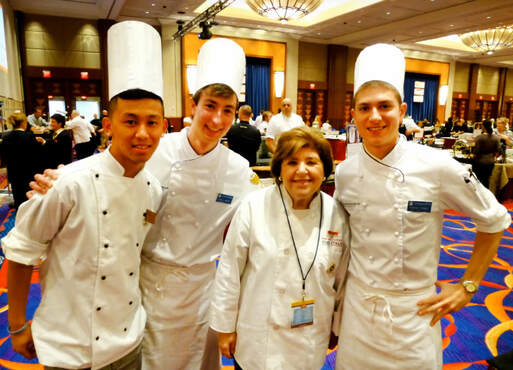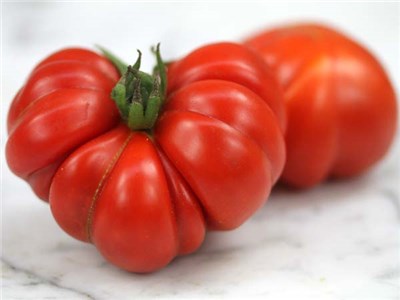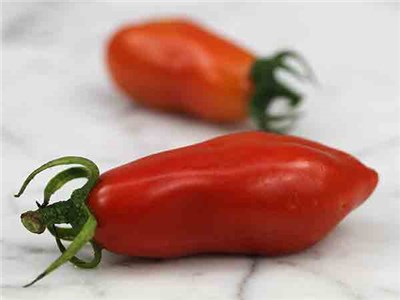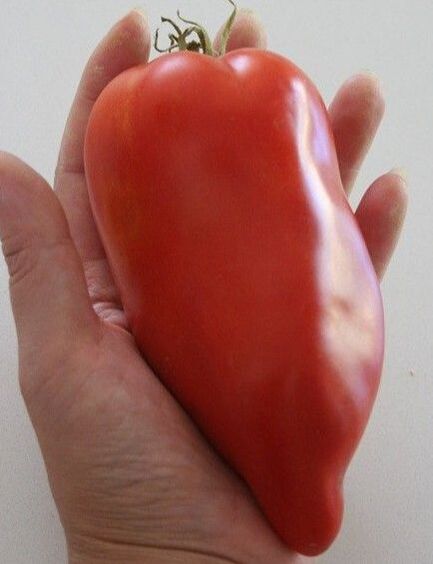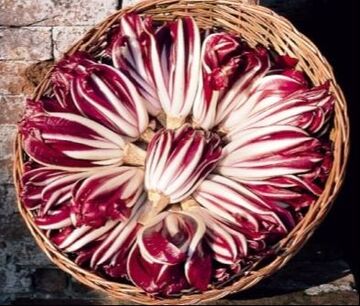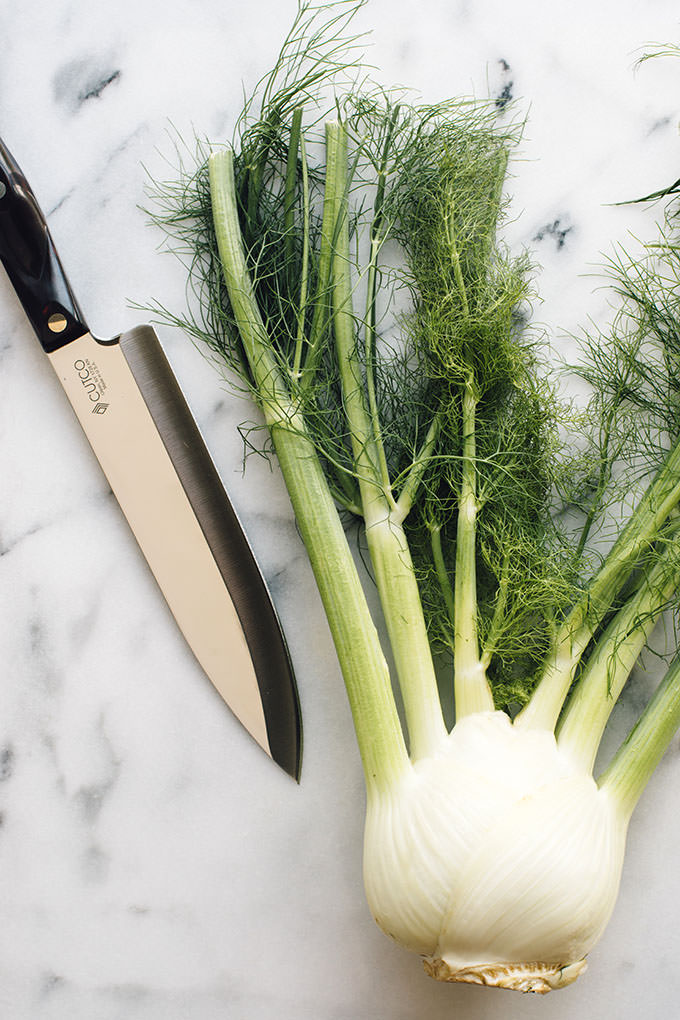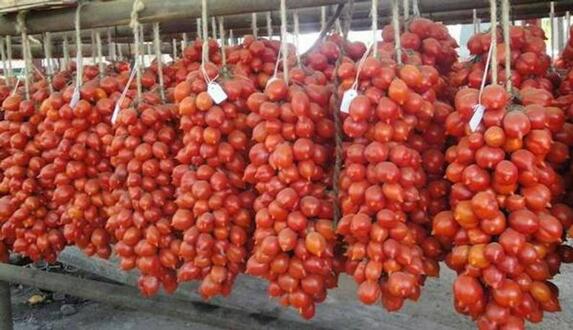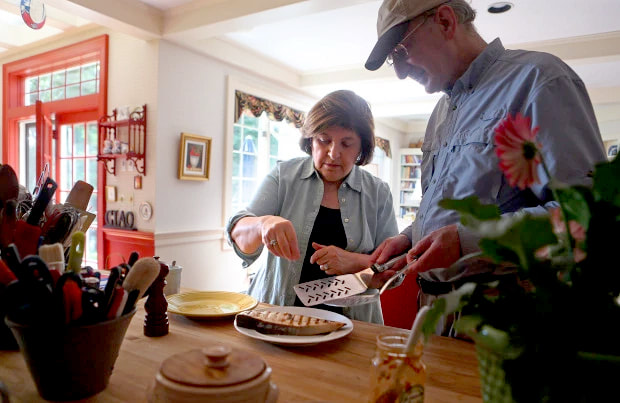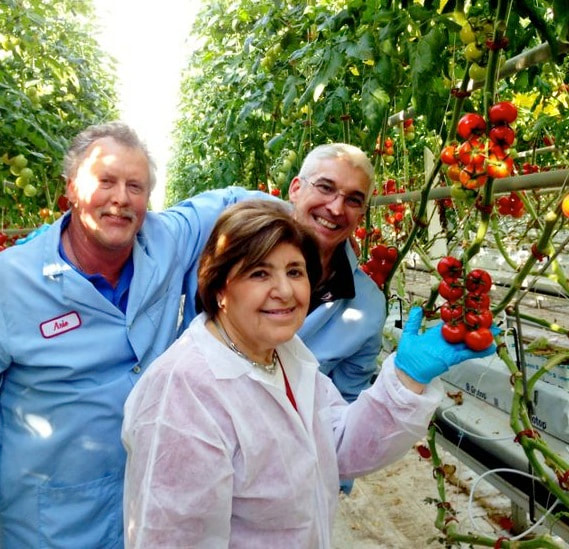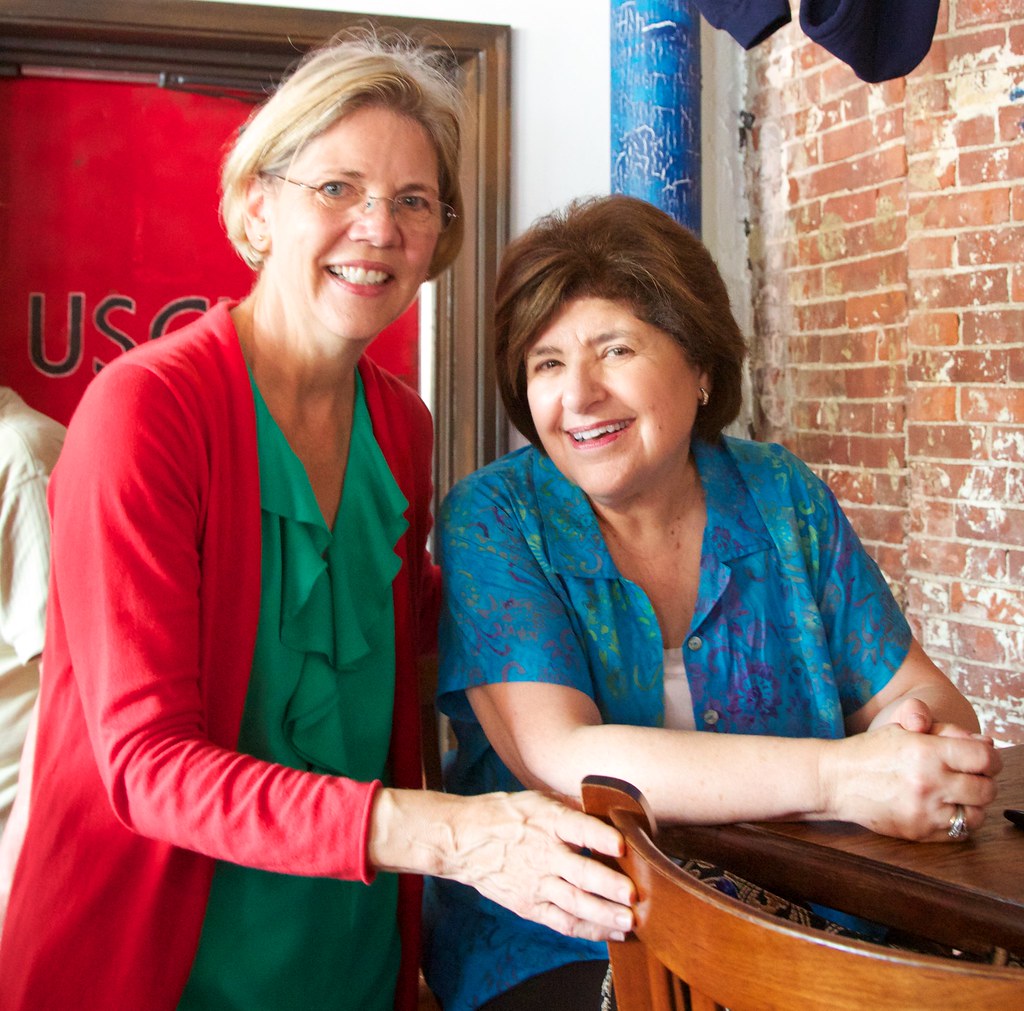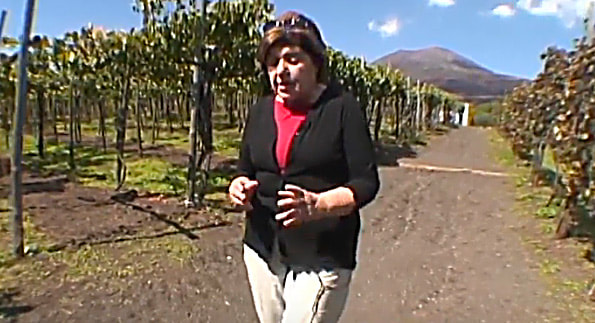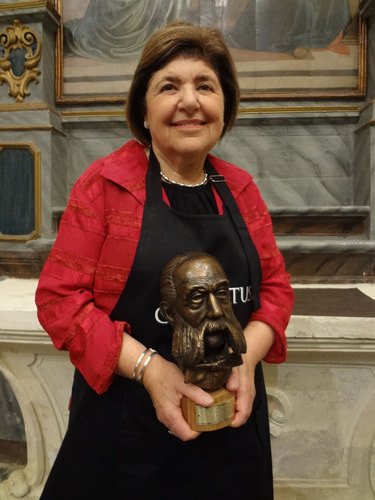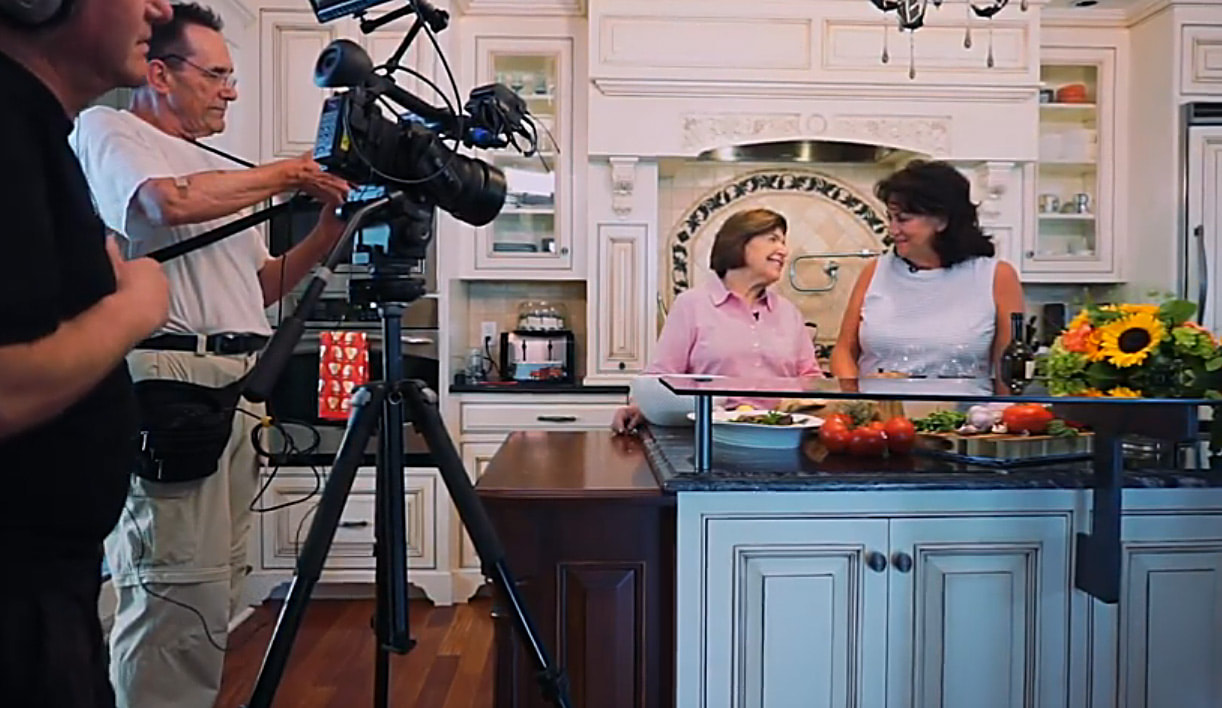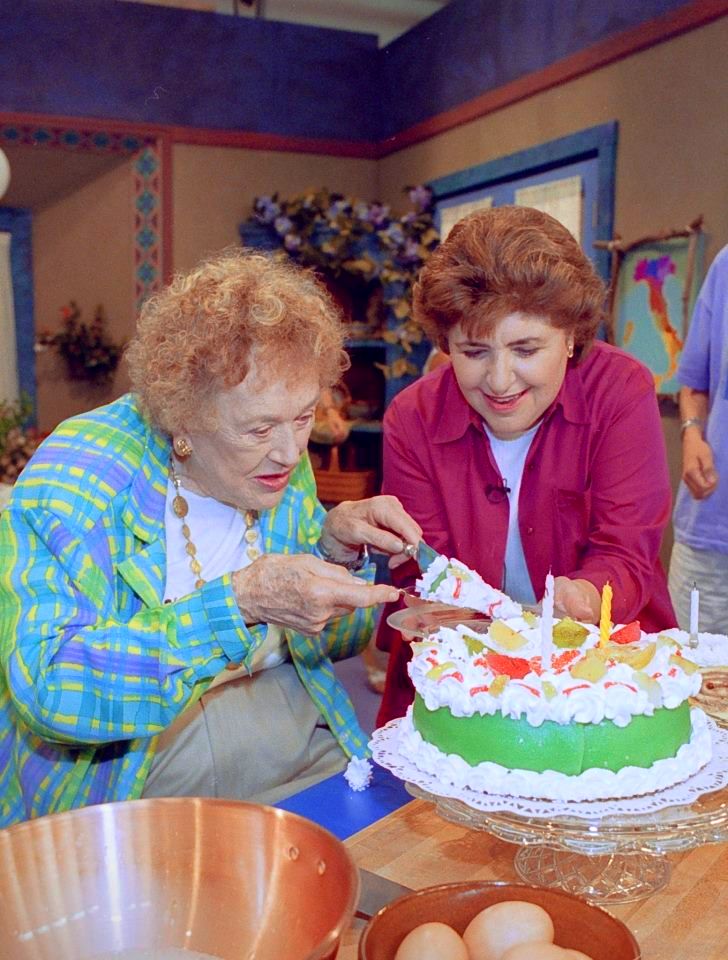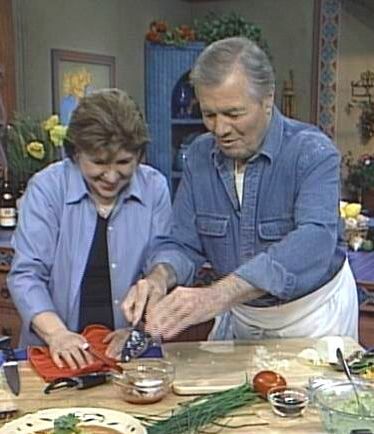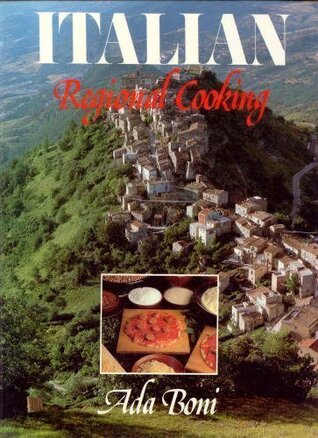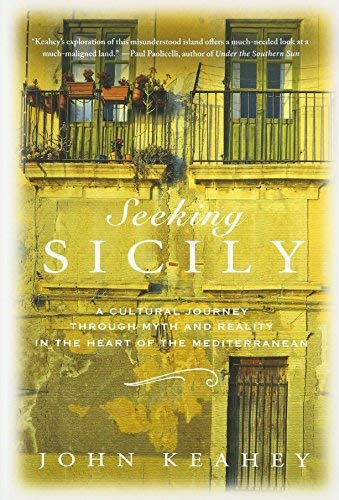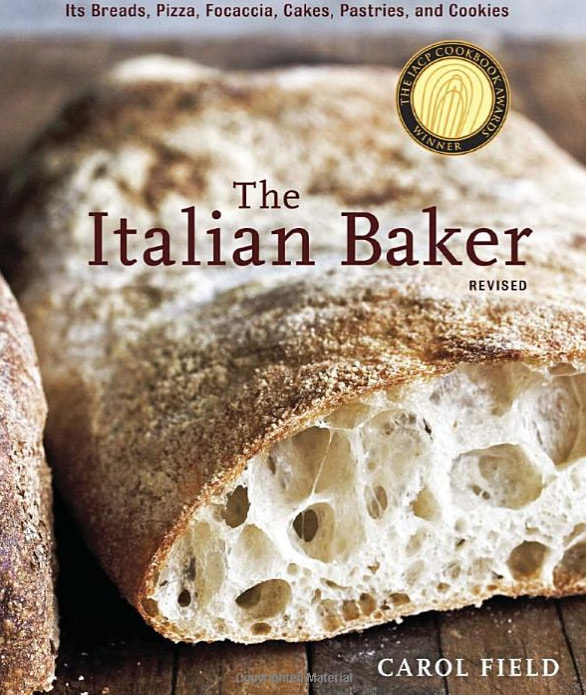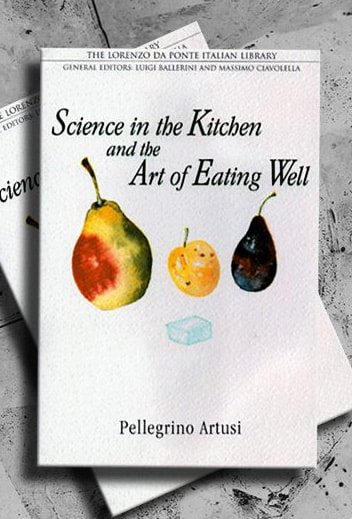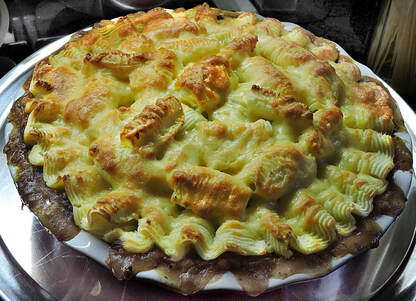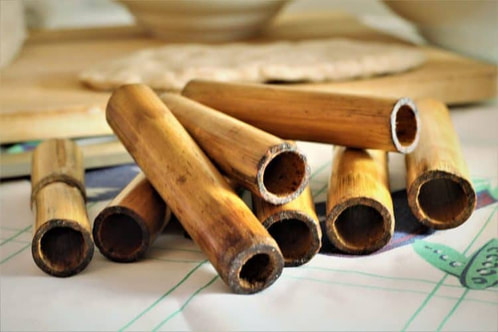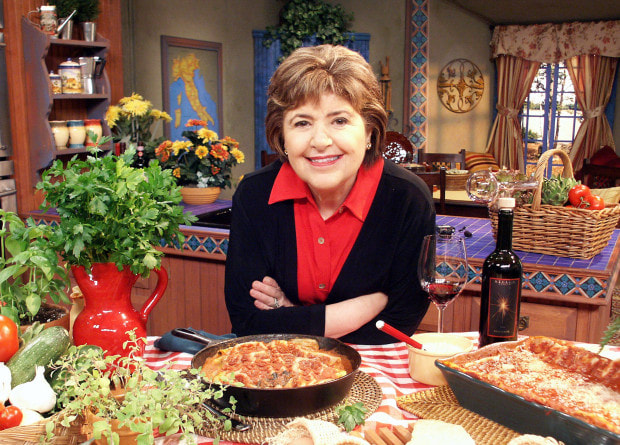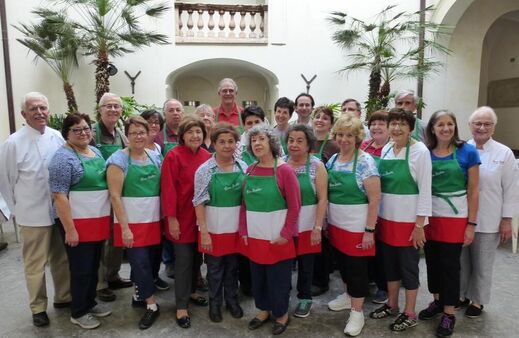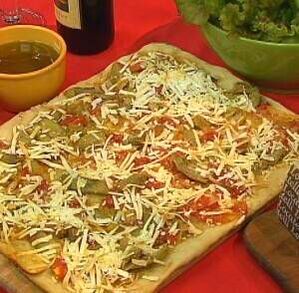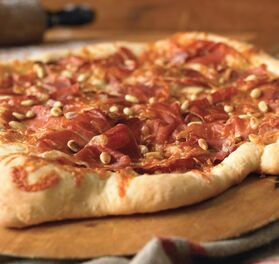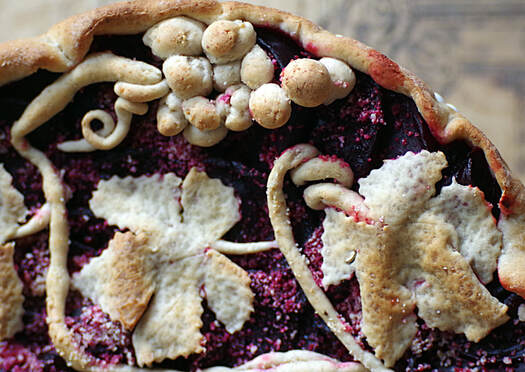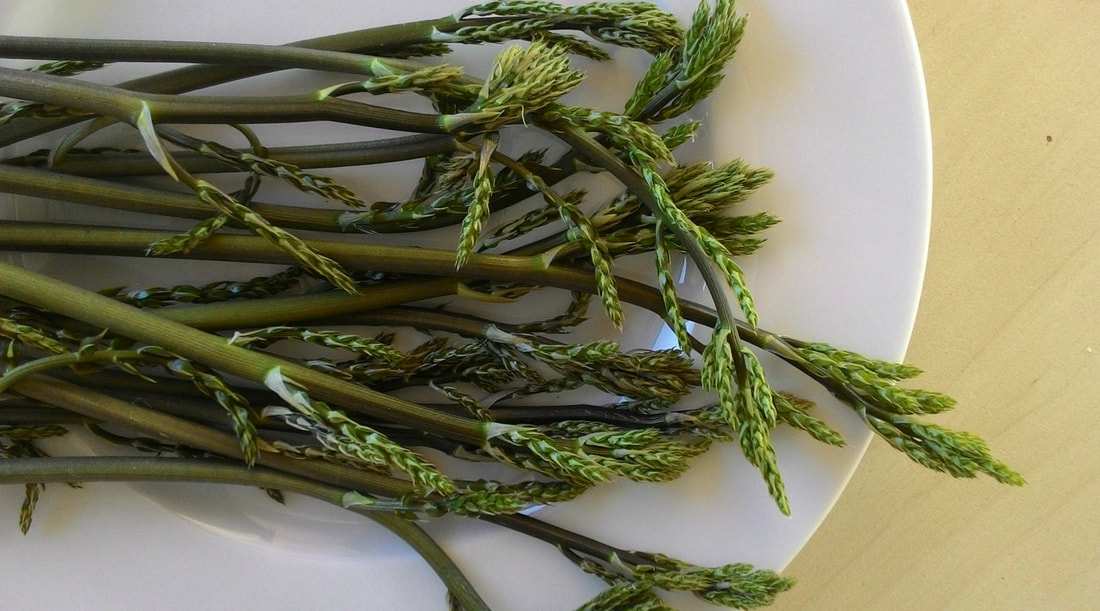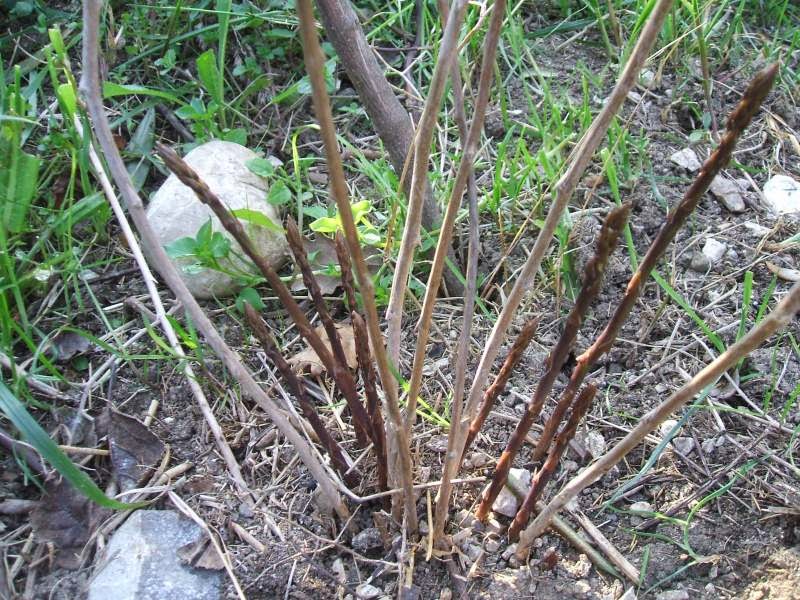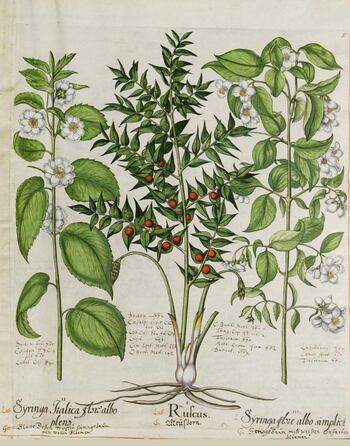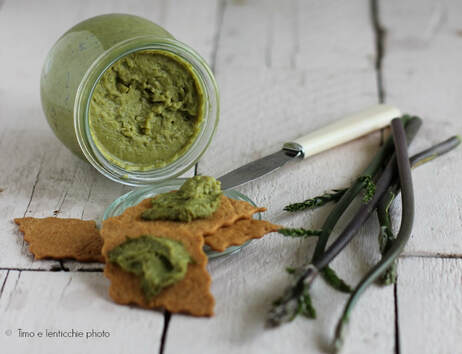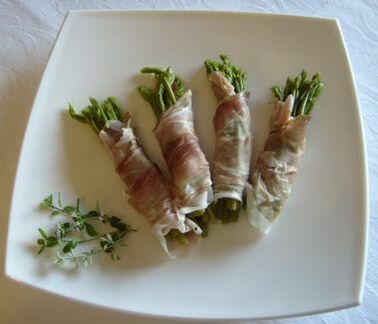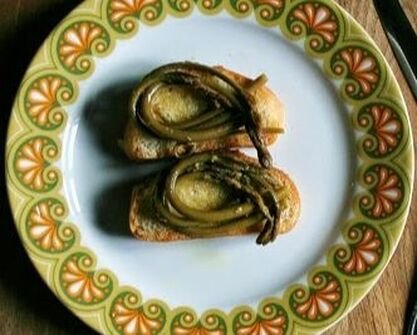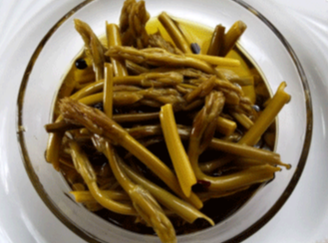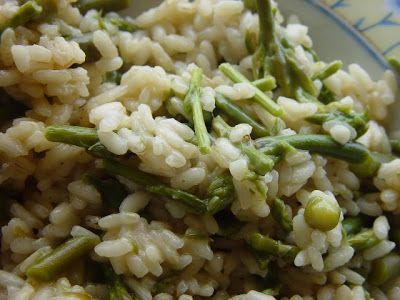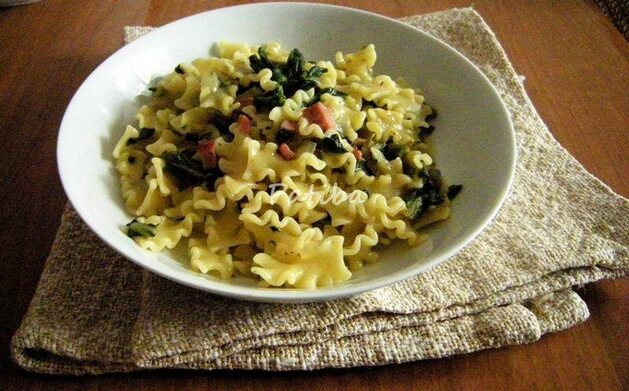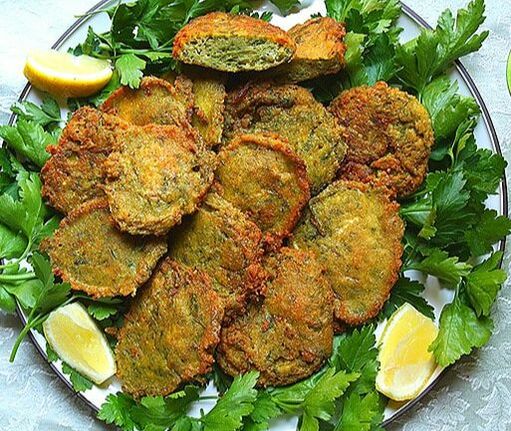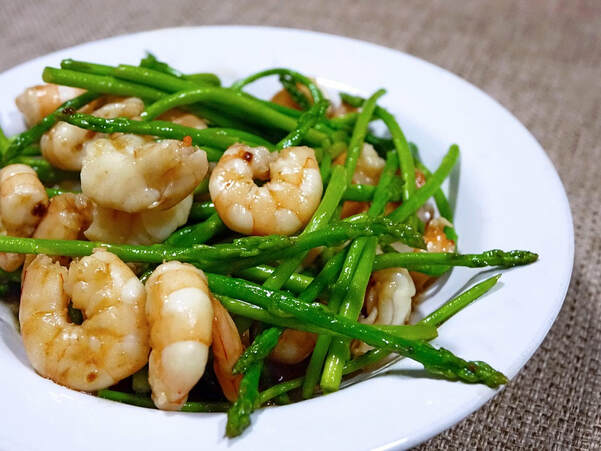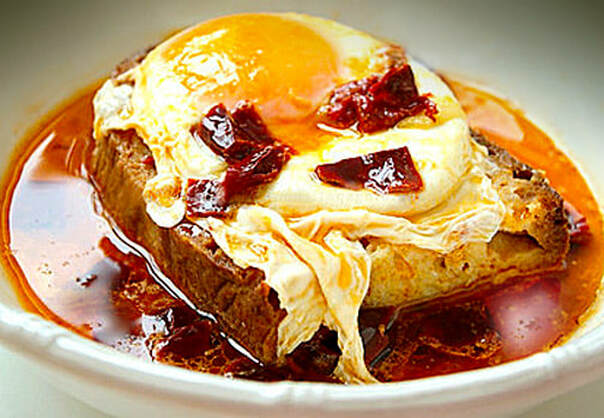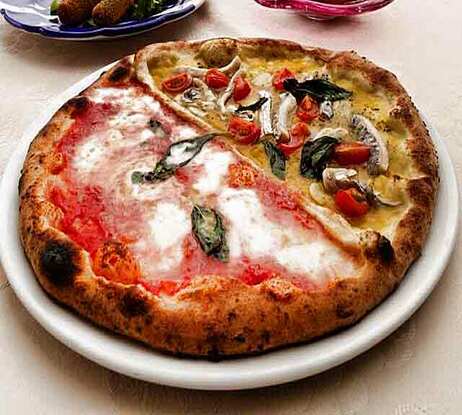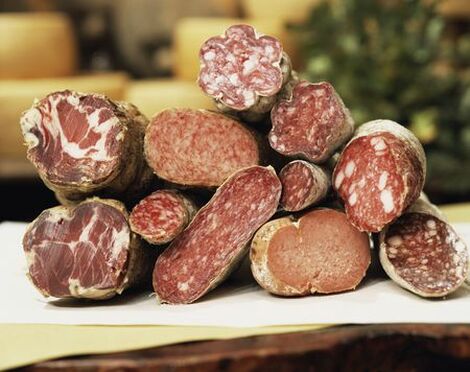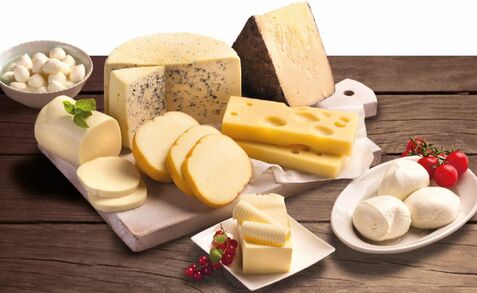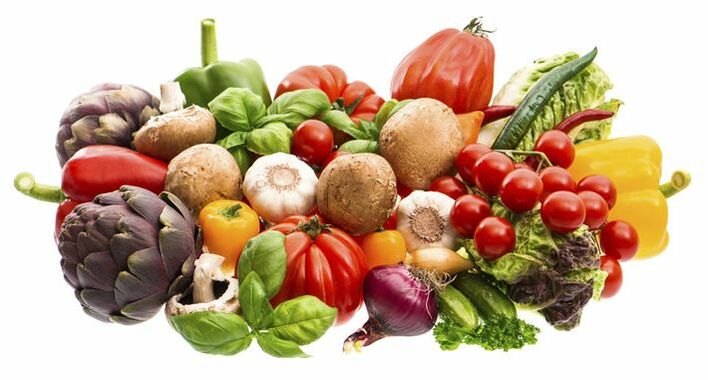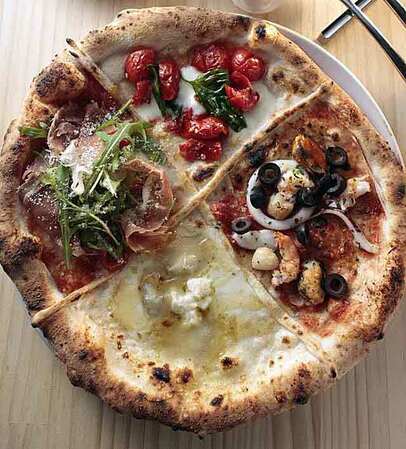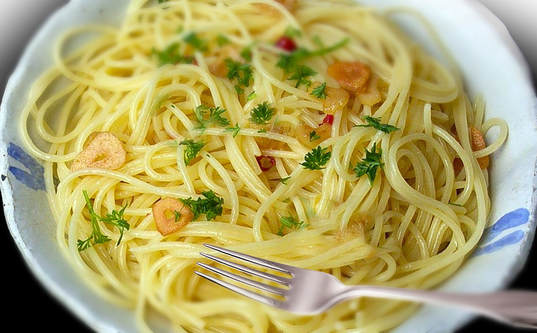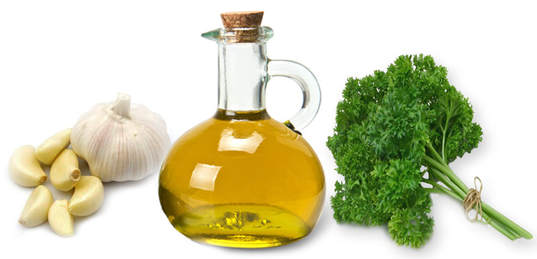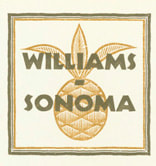|
I'm not a gullible man. Even as a boy, I wasn't one to believe everything I was told. I always asked questions... "Why? Where? When? How?" I read lots of books, including my entire encyclopedia set and my Atlas. I loved science and the arts. I used both sides of my brain. But as a 12-year-old watching the old Jack Parr show in 1963, I tended to to go by the old adage, "Seeing is believing"--especially if you see it on TV! Big mistake! What I saw was a very legitimate sounding short documentary film with a very scholarly, British voice talking about the spaghetti harvest in Switzerland, and mentioning the "tremendous scale of the Italian's... (harvest)" and the "vast spaghetti plantations in the Po valley". From that point on, until I was in my early twenties, I actually believed there was some sort of special tree or bush in Italy that produced some sort of spaghetti... fruit, pod or otherwise. It wasn't until I saw Jack Parr himself talking about the hoax on the Tonight Show in the early 1970s that I learned the embarrassing truth--a "truth" that I would argue about with my non-Italian friends growing up... "Real Italian spaghetti grows on trees!", I would insist. Parr claimed they didn't get a single call about the segment and most people bought it hook, line and sinker. OK, so maybe I was a bit gullible. But it was a very convincing documentary film, produced originally as a serious film for, of all things, a British news show... and besides, I was only 12! On April 1, 1957, on April Fool's Day (Pesce d'Aprile in Italian), the BBC television show Panorama aired the short "documentary" about the "spaghetti harvest" in Ticino, Switzerland, on the border of the Italian Alps. The film shows spaghetti trees ripe with long strands of spaghetti and a farming family harvesting by hand, putting the spaghetti into baskets and then carefully laying them out to dry in the "warm Alpine sun." Some viewers bought it entirely and called BBC to find out where they could buy some of the "real spaghetti". Many British gardeners wanted to know how to buy a spaghetti bush for their own garden. Others were very angry that a joke was portrayed as a serious subject on a real news program. Still others--like me--just tucked this into their knowledge banks, unquestioningly and carried it as a "truth" through at least part of their lives, being even more convinced every time they heard the expression "fresh pasta"... of course, that must be referring to the real stuff fresh picked from the trees! What did I know. After all, neither my Mother or Grandmother made fresh spaghetti, because spaghetti trees probably didn't grow in our climate. All I ever saw growing up was dried, boxed spaghetti--you know, the fake stuff. The following video is the original broadcast in 1957 in England... The following video gives a behind the scenes take on the Spaghetti Hoax story from a member of the Panorama production team who came up with the idea... The next video shows a further chapter of this hoax broadcast in 1967 in Britain explaining how the spaghetti crop was being ruined by a terrible pest--the spag-worm, or "troglodyte pasta". ("Troglodyte" refers to a person so stupid because he lives in a cave). In 1978, San Giorgio Pasta produced a remake of the Spaghetti Hoax for one of their TV ads. Finally, cooking know-it-all, Martha Stewart (I'm not a fan) got into the act in 2009 with her own little spoof about her Spaghetti Bush, "spago officinalis" ("official string") trees.  Italian snake bean seeds on Amazon Italian snake bean seeds on Amazon Well, I've had a lot more culinary education since being misled by that little April Fool's prank when I was young and impressionable: my Mom and Dad taught with every loving dish they put in front of me; Grandma taught me her authenticity; having home and studio in Manhattan for so many years where varied cuisines are around every corner also taught me; In my 30s, I finally learned how to cook from Julia Child, Craig Clairborne, Marcella Hazan, Mary Ann Esposito and Pierre Franey. I now make fresh pasta with my son, Lucas from time to time. And during our Voyage throughout Italy, I never saw a single strand of spaghetti on a bush, tree or vine. Ever. (OK, so I did look, just to be sure.) However, I have since learned that there are actually spaghetti alternatives that grow from Madre Terra. I even grew 2 foot long "snake" beans a few years ago that came pretty close. Here are a few veggie spaghetti alternatives... If you want to make your own, fresh "veggie spaghetti" at home, pick up a Premium Vegetable Spiralizer from Amazon or the attachment we use for our stand mixer, the Kitchenaid Spiralizer Attachment. It's a lot easier than picking the spaghetti from the trees, collecting in baskets and spreading them out in the sun to dry...
(Damn you, Jack Parr and your dry sense of humor!) --Jerry Finzi Most Italian-Americans have heard of basket cheese, that light, soft, fresh cheese (similar to ricotta) sold in Italian specialty stores every Easter which is used to make the traditional pizzagaina or pastiera di grano (wheat grain pie) recipes. In the U.S. it is rarely seen year-round and is mostly used as an ingredient. In Italy, basket cheese is is called formaggio fresca (fresh cheese) and is readily available all year long for use as both recipe ingredient and as a table cheese, just as ricotta is eaten, but with a less salty and milder flavor.  Basket Cheese Ingredients 1 gallon whole milk (or, if you can find some, use goat's milk) 1/4 teaspoon rennet 1/4 teaspoon salt (basket cheese is less salty than ricotta) You will need: Directions
You can now use your basket cheese fresh as an ingredient in recipes, such as the traditional Easter pizzagaina. If you want to eat it fresh (the same day is best) you can turn the baskets upside down onto a serving plate and remove the basket. This is a mild cheese, but if you like you can sprinkle with a little sea salt or fresh ground pepper. You can also spread it on bread or crostata and drizzle with honey or balsamic and serve with with figs or fresh berries. Although it should be eaten the day it's made, you can keep it for several days by keeping the basket in a plastic container along with with an inch of milk. 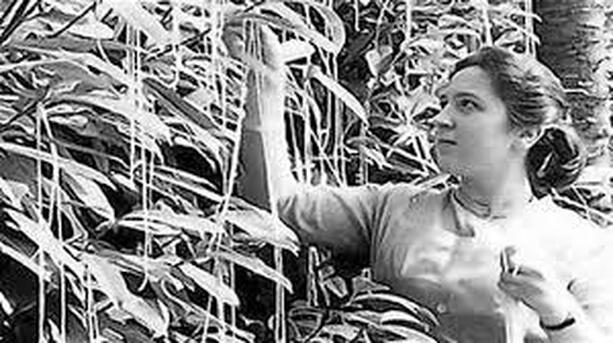 Making Ricotta from the Leftover, Fresh Whey Although my wife Lisa's ricotta recipe is great, technically, it's not a true ricotta made from whey. Making true ricotta (re-cooked, or cooked twice) is incredibly simple once you have whey leftover from cheese-making using rennet. The whey has to be fresh from the cheese-making process above.
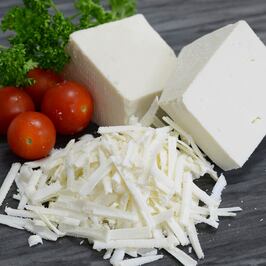 Making Ricotta Salata Ricotta salata is basically a firm, saltier version of ricotta cheese that is very similar to feta. While feta is made with rennet, ricotta salata is made from the whey leftover from cheese-making, just as normal ricotta is made. Ricotta salata needs more salt than normal ricotta and is pressed it to release any extra moisture. You need a fine mesh cheesecloth or butter muslin.
Ricotta salata is beautifully paired with sliced apples, pears, fresh figs or crumbled on pizza, pasta or salads. Buon apetitto! --Jerry Finzi You might also be interested in...
Southern Italian Pastries: Pasticiotti versus Pasta Croce Recipe: Babbo Finzi's Pizzagaina (Pizza Rustica) Recipe: Lisa's Home Made Ricotta Cheese Ricotta: Twice Cooked and Not Quite a Cheese? Recipe: Sicilian Ricotta Cheesecake Making Fresh Giuncata Cheese 31 Italian Cheeses: Goat, Cow, Buffalo and Sheep, Oh My! Supermarket Parmesan Cheese Contains Cellulose: Not All That it's Grated Up to Be? Marscarpone: More than Just Italian Cream Cheese 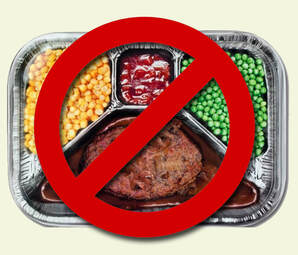 Continued from Part 2... Finzi: The first time our family visited Molfetta (where my father was born) we didn’t have time to meet the relatives that still live there (although we've gotten to know each other since on Facebook). What advice would you give to someone with a desire to approach long-lost relatives in Italy, especially if there is a desire to collect the heritage of recipes from their famiglia? Mary Ann: Call or email them; send photos; plan a meeting with them; bring old family photos if you have them. Finzi: When you first met your Italian relatives, what impressed you most? Mary Ann: Their genuine hospitality and love of connection with you. My cousins were especially welcoming. Finzi: I lived in France for a while and tried my best to be a decent French cook, but after experiencing the simplicity of regional Italian cooking on our voyage throughout Italy, I immediately was drawn back my Italian roots. It’s amazing to think that in centuries past, the food eaten by the Italian upper classes was in the French style. Why do you think the Cucina Povera rose to the top of Italian cuisine, with its fairly simple ingredients and basic techniques? Mary Ann: Because that is the true Italian cooking. It was only the upper class Italians who employed chefs called monzu. These were Italians trained in France and what they cooked was truly French and not Italian. Finzi: When my parents got married, according to my mother, she “wanted an American household”, so she didn’t teach her five children Italian. I’ve read that you took lessons on how to speak Italian. Did your mother have this same attitude to “Americanize” your family in this or any other ways? Mary Ann: No, my mother spoke Neapolitan dialect because my Nonna Galasso--her mother--lived with us. My mother would never serve an American style TV dinner and neither would I. Finzi: I’ve never heard you talk about having a second home in Italy. If you do, can you tell us a little about it? And if not, of all the beautiful regions and towns in Italy, where would you love to live, and can you describe your Casa dei Sogni, or Dream Home for us? Mary Ann: I go to Italy every year but do not have a home there; if I did, it would be in Siracusa because I love this baroque town; my second choice would be Torino. 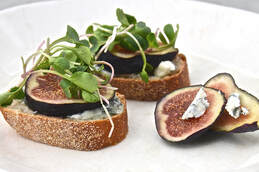 Finzi: Your culinary life was influenced by two Nonne, but not everyone has an Italian grandmother to help educate them on how to prepare Italian dishes. In a way, you have become that Nonna for the millions of us who have watched you cook for nearly 30 years. Can you tell us something about your Mary Ann Esposito Foundation and your desire to pass along your passion and techniques to future Italian chefs? Mary Ann: Thanks for asking! The foundation provides scholarships for students in culinary degree programs in universities offering the study of Italian regional foods and is also establishing a legacy library online to record for posterity, regional recipes that otherwise would be lost to time for future generations. All donations in any amount are most appreciated. Your Grand Voyage Italy readers can go to www.ciaoitalia.com and click on “foundation” to learn more and to make a donation. Finzi: I want to really thank you for taking the time for this wonderful chat, Mary Ann. We'll be looking forward to seeing your new episodes on PBS... my TIVO is fired up to record every episode! One last thought... For us to envision il pranzo perfetto per Maestra Esposito, what are your all-time favorite dinner courses in La Cucina Esposito? Mary Ann:
Guy Esposito on Gardening  Finzi: When I was a boy, my Dad taught me all about saving seeds and the benefits of Home Grown Tomatoes, and now my 15 year old son grows them with me. Our favorites are Eva Purple Ball, Jersey Devil and Giant Belgium. Which are your top three favorite heirloom tomato varieties, and why you like each. Guy: Costoluto Genovese for fresh eating and preserving, intensely flavorful, deep red flesh); San Marzano are the only ones that match to those in Campania for sauce; Redorta for eating fresh, making sauces, canning or drying. It's better than San Marzano for growing in colder climates. 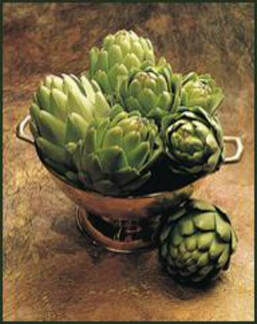 Finzi: For some reason, I’ve always had less than good results with Costoluto in our garden and Redorta is one we haven’t grown. I’ll try some next season. I’m in Zone 6a in Bucks County, Pennsylvania (April 15, last frost) and still I wish the growing season was a bit longer than it is. What are the problems growing vegetables in your short, Zone 5b growing season in New Hampshire? Guy: We get a late start after May 31 because of such a short growing season. Finzi: What do you consider the essential vegetables for an Italian gardener to grow, and for beginners, which do you think are the easiest? Guy: Lettuce, zucchini and radishes are easiest and the hardest are melons and artichokes. Finzi: Were you always a gardener or did your garden develop as Ciao Italia became a more prominent part of your lives as a couple, and what compels you to grow your own vegetables? Guy: I have been gardening since Medical School. We are believers in farm to table food without pesticides. For good health we maintain a Mediterranean diet. Finzi: We are also pretty much organic in our garden, but can always do better with a heathier diet. At least we make pretty much everything from scratch. I just wish we had a good fish monger near us. My wife Lisa would love to grow huge bushes of rosemary like we saw in Italy. For me, pomegranates and olives. But of course, we can’t in our Pennsylvania climate. What don’t (or can’t) you grow in the garden that you wish you could, or would like to grow, and why? Guy: Radicchio di Treviso and Bulbing Fennel (finocchi). Both are delicious for salads or cooking. Finzi: I’ve watched videos on how complicated it is to grow Radicchio di Treviso. Definitely not for the home gardener! What single vegetable or other crop has May Ann wanted you to grow that you haven’t yet, and why haven’t you grown it? Guy: Piennolo del Vesuvio tomatoes. It's just not hot enough here in New England and we have the wrong type of soil. . Finzi: I love the idea of growing these but even if I could, I doubt if they would last through the winter, hanging in large bunches, the way they do in Campania. If you could only grow one, solitary crop, which would you grow? Guy: Lettuce! Virtually every day we eat large salads every day. Finzi: That’s one crop I wish was possible to grow all season long. I’ve grown a variety of types, but some years, the rabbits and chipmunks get the best of them. What are the most difficult things to grow in your garden? Guy: Melons and sometimes tomatoes. Melons need a lot of heat and a long growing season. Some types of tomatoes we love can be prone to disease. Finzi: I’ve also had some experience with melons, but they require a lot of attention and even watering--difficult to keep up with in drier seasons. Is it difficult to be the husband of such a famous chef, or do you consider yourself a partner in Mary Ann’s efforts—and how involved are you in the production of the show? Guy: Mary Ann is first and foremost my wife. I am involved with Ciao Italia as the head gardener and wine consultant. The Mary Ann you see on TV is the exact same person in real life. I am a lucky man! Finzi: You certainly are. Mary Ann and Guy, I want to thank you both for being so generous with your time. I’m certain our readers are going to gain a lot of wisdom from the depth and span of your knowledge, experience and passion about Italian cuisine. Alla prossima e mille grazie! --Jerry Finzi Copyright, 2020 - Jerry Finzi/GrandVoyageItaly.com - All Rights Reserved
Not to be reproduced in any form without expressed, written permission.  Continued from Part 1... Finzi: Of course, we’ve read your new book, Ciao Italia: My Lifelong Food Adventures in Italy. You've given us all some more great recipes and stories with an enormous degree of detail. Another winner, for sure. Brava, Maestra! Speaking from an Italian-American perspective, what are the main differences between Italian cuisine and the dishes Italian-Americans served here? And regardless of their lack of authenticity, which Italian-American dishes do you really love? Mary Ann: Regional dishes are based on local ingredients, fresh ingredients and simple preparation. Italian-American food is often based on many canned foods like beans and prepared tomato sauces and inferior, imitation cheese. Of course I love spaghetti and meatballs and chicken “parm” like anyone else. Finzi: I grow our own string beans and especially love those yard-long heirloom beans that can plate like a green spaghetti, but I'll have to take your advice and start growing my own beans. We do make our own sauces from scratch, but most of the year used high quality canned tomatoes. In summer we do make fresh tomato sauce, which is wonderful. Chicken “parm” is a favorite in our house, too. We love the way my wife makes it (casserole style with rigatoni) but I also make a lighter version more like a standalone corso secondo. All of us have our favorite cookbooks. We have a collection of yours (of course), but also from Julia Child, Nick Malgieri, Marcella Hazan and Pierre Franey. Which cookbooks couldn’t you live without? Also, what are some historic cookbooks you would recommend for people wanting to explore the history of Italian cuisine? Mary Ann: Ada Boni’s, Italian Cooking; Waverly Root, The Food of Italy; John Keahy, Seeking Sicily; Carol Field, The Italian Baker; Pellegrino Artusi, The Science in the Kitchen and The Art of Eating Well Finzi: We actually have one on your list--Carol Field’s Italian Baker is amazing and includes a fantastic recipe for focaccia. What regions—or towns—have you never visited or cooked in when traveling through Italy? Which are on your bucket list, and why? Mary Ann: I have never cooked in Friuli or Calabria and I would love to cook in Abruzzo because the food is very high quality, and I love the way they use almonds in cooking. Although I love the confetti (candy coated almonds), there is so much more to do with them. Fried Fish Fillets with Parmesan and Almond Coating 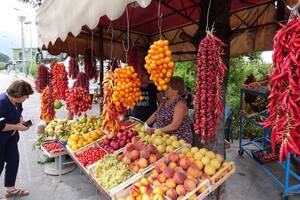 Shopping in an Italian market Shopping in an Italian market Finzi: We agree totally. We love the flavor of almonds in all manner of pastries. But to be honest, I personally never went for confetti almonds—I was always worried about breaking a tooth! The waves of Italian Diaspora during the 19th and 20th centuries brought Italian migration to several countries around the world, merging Italian cuisine with that of their host countries. Have you ever thought of exploring the evolution of this mash-up of culinary cultures? (Examples: Brazil, Argentina, Australia, Tunisia). Mary Ann: It is a great idea and I have thought of it. It's on our bucket list! Finzi: I’ll be looking forward to see what you come up with. By the way, in researching my own surname’s roots, I have discovered that there are nearly as many Finzi in Brazil as in Italy! I’m in touch with many of them via Facebook—perhaps I’ll ask them for some fusion Italian-Brazilian family recipes! Are there any other countries you like to visit and cuisines you enjoy cooking? A fusion, perhaps? Mary Ann: I just love Ireland and their food is fantastic. I also enjoy cooking Chinese food. Click the photo above to see our own Shepherd's Pie Recipe 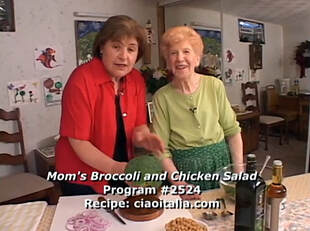 Mary Ann and her Mom cook together in this classic episode. Click to see the video. Mary Ann and her Mom cook together in this classic episode. Click to see the video. Finzi: This past Saint Patrick’s Day, I made my annual shepherd’s pie and my wife Lisa made her Irish Soda bread. Although my wife Lisa makes fantastic Chinese food, she hasn’t picked up her wok in a while. (Hint, hint.) There is such a wealth of ethic food in the world and so many influences in the regional foods of Italy! You’ve cooked with many famous chefs over the years, but we also appreciate when you cook along with home cooks here and in Italy (I still remember the episode with your Mom). Have you thought of doing a series of shows where you feature these home cooks’ recipes? Mary Ann: We have featured many home cooks and you will see them on our new season coming this spring. I learn a lot from them. Finzi: My mother was a pretty good Italian cook and my Dad worked as a grocer and deli man his whole life. Because of this, my favorite heirlooms from them is Mom’s scolapasta, her large pasta pot, her ravioli pin, Dad’s meat slicer and even his retractable crayon marker he used to mark prices on cold cuts. Which kitchen heirlooms do you treasure? Mary Ann: My nonna Saporito’s 2 ft long, thin rolling pin, her cleaver, chitarra, my mother’s scribbled notebooks on Italian foods, her apron and old cannoli forms made out of bamboo. Finzi: Bamboo cannoli forms? I love the idea. Easy to make if you have a neighbor with overgrown patch of bamboo. Beside heirloom kitchen tools, my Mom left me her techniques of making “Sunday gravy”, gnocchi (click for RECIPE) with a fork and her Italian style Pot Roast (click for RECIPE). Dad taught me how to make giant deli meatballs (click for RECIPE) Thanksgiving turkey, Christmas ham and all about home grown heirloom tomatoes. What are the most important technique your family's cooks passed along to you? Mary Ann: Use your hands! They are your best tools. Finzi: According to my son, my pizzas and other dishes are so good that he’d like to see me open a pizzeria or restaurant, but I simply enjoy cooking for my family and friends. With both of your grandmothers cooking for professional reasons, did you ever consider “going pro” and perhaps opening your own restaurant? If “no”, why not? Personally, I would really enjoy dining in your Trattoria Ciao Italia! Mary Ann: No, because I think of my show, Ciao Italia! as my restaurant. Opening a restaurant means a commitment to be there and I cannot do both at the same time. Finzi: Last summer, we vacationed in Cape Ann, Massachusetts and seemed to discover Italian influences just about everywhere. When we visited the North End of Boston we considered it to be a better Little Italy than Manhattan’s Little Italy, the Bronx’s Arthur Avenue or Philly’s Italian Market district. Which “Little Italys” have you visited and what are the best features of each? Mary Ann: I've been to most: Boston, Philadelphia, San Diego, New Orleans. Philadelphia has retained more authenticity; the rest are fading examples. Copyright, 2020 - Jerry Finzi/GrandVoyageItaly.com - All Rights Reserved
Not to be reproduced in any form without expressed, written permission. 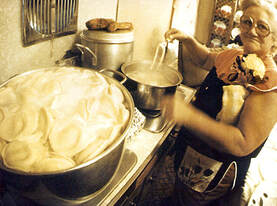 Mom with her Big Pots Mom with her Big Pots Long before my mother passed, I would visit her and Dad in their suburban New Jersey home and we would watch Mary Ann Esposito's show, Ciao Italia on their local PBS station. While I learned Mary Ann's recipe and techniques on TV, my mother passed on her own recipes and hands-on lessons in her humble New Jersey kitchen, in the same way her mother had taught her. Mom taught me to make soups first, then stews, then how to make more complex things like light, fluffy gnocchi (I still remember how quickly her arthritic fingers tossed those gnocchi from the ends of a fork). While Mom taught me our own ricette di famiglia Finzi, Mary Ann helped me perfect techniques to help me become a pretty decent, all-around Italian home cook. She also helped me understand that Italian cuisine isn't just one thing... there are many cuisines to be explored in Italy. 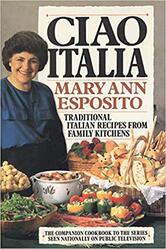 Mary Ann's first book holds a place of honor in nostra cucina Mary Ann's first book holds a place of honor in nostra cucina I wanted to have a conversation with Mary Ann in honor of my Mother, since both of these wonderful Italian women have been a strong influence in my own life in my own Cucina. My Mother would be proud to know that I shared a few words with one of our Italian heroines. Mary Ann is the author of 13 books on the art of regional Italian cooking. She has taught millions of fans how to cook authentic, regional, healthy and delicious dishes on her PBS show Ciao Italia, currently in production for its 29th season of episodes! Mary Ann has over 30,000 followers on Facebook and over 1,400 recipes on her Ciao Italia website. She has also made over 40 tours of Italy, 18 of which were organized as cooking classes attended by loyal home cooks. 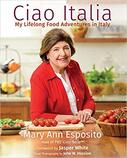 Mary Ann was gracious in affording me some of her precious time, her schedule made even busier with the recent launch of her new book Ciao Italia: My Lifelong Food Adventures in Italy, as well as her preparing for the 2020 broadcast of her new season of shows on PBS (check your local PBS listings).  So, pour yourself an espresso, sit back and enjoy our conversation. As a bonus, I also discussed gardening with her husband, Dr. Guy Esposito, the official Ciao Italia gardener. --Jerry Finzi Mary Ann learning about Piadina, a flat bread from Emilia-Romagna Our Conversation... 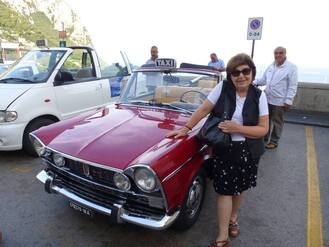 Mary Ann in love with a vintage Capri taxi Mary Ann in love with a vintage Capri taxi Finzi: You’ve been on PBS continuously for 29 years… certainly an achievement for any TV cooking show. Can you explain your commitment to PBS and if you’ve ever been approached to do a show on a commercial cooking network? If you were offered a show, why didn’t you take the offer? Mary Ann: I wanted to have a personal connection with my audience without interruption or distraction and I wanted it to be my show in my words without someone else telling me how to do it. It would have been so much easier to go to go the commercial route but I had higher goals. Finzi: I see your point, Mary Ann. They might have re-packaged what you were bringing to the table (excuse the pun) and your menus might have been someone else’s choices, perhaps by committee. We’re happy you followed your own path. Certainly for my family, some of our favorite episodes have included location segments filmed in Italy. Does your new season include any Italian segments? And throughout the history of your voyages, where were your favorite places to explore—and cook? Mary Ann: Location shoots require a huge effort and lots of money but when our budget allows, we are in Italy. This year for our new season, we will be filming in Tuscany in the fall. All the regions are my favorite, but I am partial to Sicily and Campania. 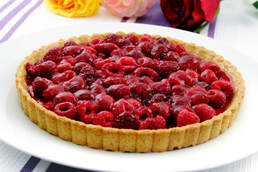 Mary Ann's Raspberry Tart Mary Ann's Raspberry Tart Finzi: I agree with you on this. There's something so warm and welcoming in the South--a much slower pace. For me, I felt most at home when visiting Puglia where my father was born. The people's welcoming smiles reminded me of him. Some of my other favorite Ciao Italia episodes had you baking with the amazing pastry chef, Nick Malgieri. We love Nick because he was kind enough years ago to help me find the recipe for “pas-ah-chut”, as my Molfettese father called them (pasticiotti). What are your favorite pastries to make? Mary Ann: Of course I love to make cannoli, fruit tarts, lots of different biscotti. Finzi: My thing is making the Crostata di Frutta in our cucina, but my wife is the go-to gal for all sorts of cookies, cakes and pies. Happily, this year she is exploring the world of the twice-baked dolci—biscotti. I've always loved pizza and even worked at our local pizzeria for a while when I was a teen, and for nearly 20 years and I've become a fairly decent pizzaiolo at home. I’ve made Neapolitan, Chicago and Detroit deep dish, “grandma’s”, sfincione, focaccia, thin crust, etc. I think I’ve saved every one of your pizza episodes on my DVR. Which is your favorite pizza and what do you think makes it so special? Mary Ann: I would have to say Margherita is my favorite but I love making all kinds. The important thing is to use as close to original ingredients as possible like Caputo flour for the dough, real mozzarella di Bufala and fresh basil. Finzi: Happily, home gardens, farmers markets and the Farm to Table movement are growing in popularity. Living in the country, we often have to travel to Philadelphia or New York to get precious ingredients like mozzarella di Bufala, but we do grow our own veggies and lots of basil! For me, baking pastry is very specific and precise, which is perhaps why my wife does that in our house. What are your thoughts on “cooking to the recipe” versus cooking the way nonne do, by taste, look and feel? Mary Ann: I’m with you; I never cook with recipes even though I write books with precise recipes for readers based on my testing them. I think the best cooks are those who improvise. Finzi: In my case, improvisation can make it a little difficult when I want to share one of my recipes with our GVI readers. I have to convert a pinch, a dollop, a handful, a splash or to describe how a dough should look and feel. What I’ve always loved about your cooking is the historic and anthropological perspective you bring into the Italian kitchen. You teach that “Italian food” doesn’t really exist, but it’s really about the 20 different regional cuisines of Italy. What would you like to see as an effort to change the American view of “Italian food” as only being pizza, chicken “parm” or spaghetti and meatballs? Mary Ann: Watch my show! Read things about regional cooking; in my just released new book CIAO ITALIA (My LIFELONG FOOD ADVENTURES IN ITALY) you will find a treasure trove of regional recipes with stories that support their origin. Copyright, 2020 - Jerry Finzi/GrandVoyageItaly.com - All Rights Reserved
Not to be reproduced in any form without expressed, written permission. Just in time for the holidays... Autumn Beet Tart!
(Easier to say than Torta d'Autunno con Barbabietola, wouldn't you agree?) For the Crust: 1 cup of all purpose flour 3/4 cup almond flour 3 teaspoons yeast 1/4 cup water 4 tablespoons of cane sugar 2 tablespoons of extra virgin olive oil 1 teaspoon of ground fennel seeds 1 pinch of salt 1 beaten egg For the Filling: 2 large beet roots, steamed 1/2 brown sugar Directions
Pungitopo (also known as Butcher's Broom) might be a popular plant for use in natural healing remedies, but it is often found while hiking in the mountains of Italy for use in local, traditional Italian recipes. Pungitopo tends to grow wild as an evergreen bush (looking like a short, bushy holly) with asparagus-like sprouts in fall. It is gathered in bunches about 12" tall and used in la cucina in the same was as asparagus. Tied with string and steamed until tender, it's often eaten as a side dish or wrapped in prosciutto, The sprouts, called ruscli (rusculins in English) are the tenderest part. Pungitopo is actually a member of the lily family closely related to asparagus botanically speaking. It and was once used in Europe make small brooms to clean butchers' chopping blocks. It's scent had the ability deter rodents from taking an interest in meats hanging to cure. The plant is well known throughout Italy, Europe and to the British Isles. Other common names are jew’s myrtle, sweet broom, kneeholy, pettigree, knee holly, kneeholm. In Italy, they will also be known as asparagi selvatici (wild asparagus) or portafortuna natalizio (Christmas Luck), referring to the time of year it is usually enjoyed in the Italian kitchen. It is mostly harvested nowadays for its thick, brown rhizome, which is harvested in the fall when the plant stores most of its energy for winter. It's herbal use is to make healing teas. There use can be as simple as boiling or steaming and served with butter or olive oil, the was asparagus are served. The softer buds are used in fritatta, frittella (fritters), risotto or in pasta dishes. Their taste is bitter but the buds alone are a bit sweeter. Here are a few ideas...
--GVI Acquasala (or Acquasale, Acqua Sala) is one of the cucina povera--poor dishes--of southern Italy, especially in the Lucane Dolomites of Basilicata and olive oil rich Puglia. this simple fare was enjoyed by farmers and shepherds. Its close cousin is panzanella, a sort of salad that uses torn up pieces of stale bread reconstituted with water as its base. Acquasala is a dish made from the simplest ingredients that any peasant contadina had around: eggs, onion, water, peppers or tomatoes and especially, the stale bread. Think of it as a mashup between eggs Benedict and an Italian broth, where the broth replaces the Hollandaise sauce. Perfect for breakfast, brunch or even a light dinner. 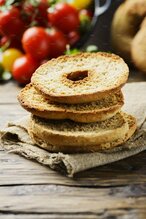 Friselli Friselli In it's simplest form, an acquasala is stale, crusty bread topped with a poached egg and a flavored broth poured over. The bread soaks up the resulting broth and its flavors. I'm certain that others in southern Italy might replace the stale bread with Friselli, a bagel-shaped, bone-dry toasted bread sold in bags in southern Italy. One easy to find bread nowadays is the ciabatta, left to go a bt stale or with the thick slices toasted before use. Don't think of this recipe as being ironclad in terms of the ingredients. Be creative. This is cucina povera, after all, which means that cooks used what they had on hand depending on the season: eggs from their chickens, stale bread, tomatoes, peppers, asparagus, eggplant, zucchini, white or red onions, a bit of garlic, mushrooms and greens. Southerners loved their greens, whether a bit of dandilion, arugla or chives. To be absolutely authentic, warm water (not boiled) is traditionally used to make the "broth", with the peppers and onions added to it for a light fusion of flavors. In Puglia it's often made without eggs and many more more ingredients, a cross between a soup and a salad. 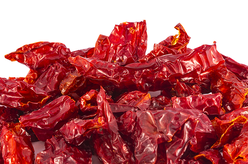 Pepperone Crusco Pepperone Crusco Acquasala Lucan Ingredients (serves 2, with one egg each)
Directions
Boun appetito! --Jerry Finzi Pugliese Acquasala... Copyright 2019, Jerry Finzi/GrandVoyageitaly.com - All Rights Reserved
Not to be published without expressed authorization In Italy, pizza toppings are not exactly limited, but there are a few rules. For example, only meats made with pork are acceptable on an authentic Italian pizza. Salami, prosciutto, ham, sausage – all are pork. Chicken and beef are not used. Beef is rarely seen on top of pizza. Even bresaola, a thin sliced (sliced paper thin, like proscuitto) is hard to find on a pizza. As far as vegetables and cheeses go, there seemingly is no limit to what Italians might find appetizing on top of their pizzas. Common Meats - Sausages and Salumi
Cheeses/Dairy Products
Vegetables
--Jerry Finzi We all have days when we don't know the answer to the question, "What's for dinner?" Busy papa, busy Mama, busy Nonna... stuff happens and we forget to plan ahead. But even if you are a newcomer to the Cucina Italiana, there are always simple, quick meals that you can throw together without any pre-planning, as long as your Italian Pantry is stocked with essentials. Spaghetti Aglio e Olio (Spaghetti with Garlic and Oil) is one of the simplest, yet fulfilling meals any Italian can make. The cooking time is little more than the time it takes to boil your dried spaghetti and can be a base recipe for adding ingredients from leftovers. Even the most basic Italian pantries should have a box of spaghetti, extra virgin olive oil and garlic... Ingredients
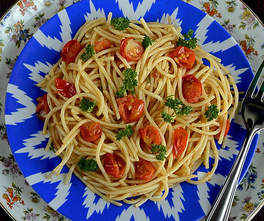 Directions
Serve with slices of crusty bread and some Chianti for a simple and tasteful meal. This recipe is certainly a classic from Naples, but you can think of it as a base recipe for adding other ingredients: halved cherry tomatoes, diced prosciutto, capers, olives, etc. Don't ever hesitate to be creative with Italian recipes! Buon appetito! --Jerry Finzi |
Archives
May 2024
Categories
All
|

